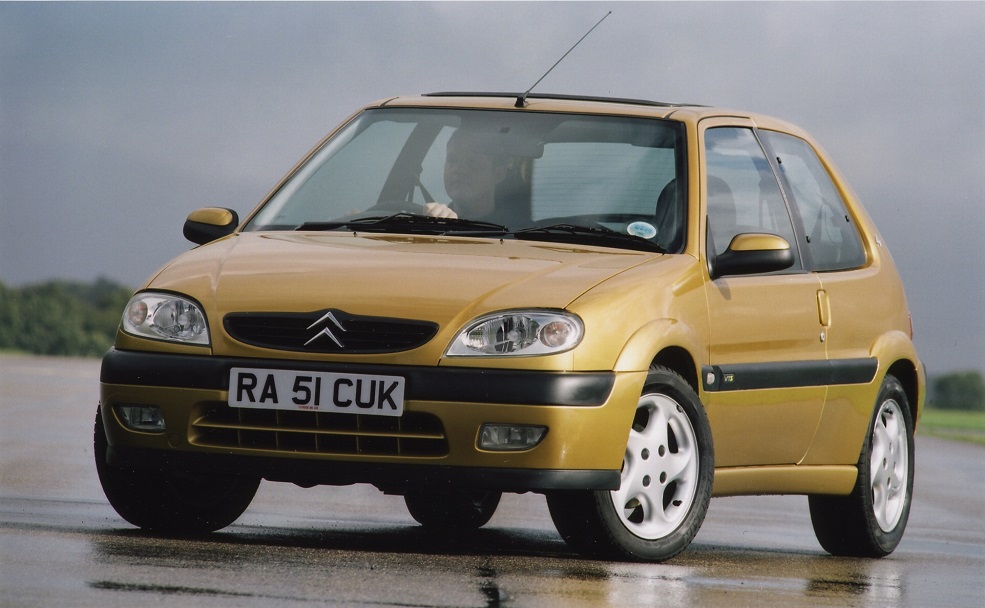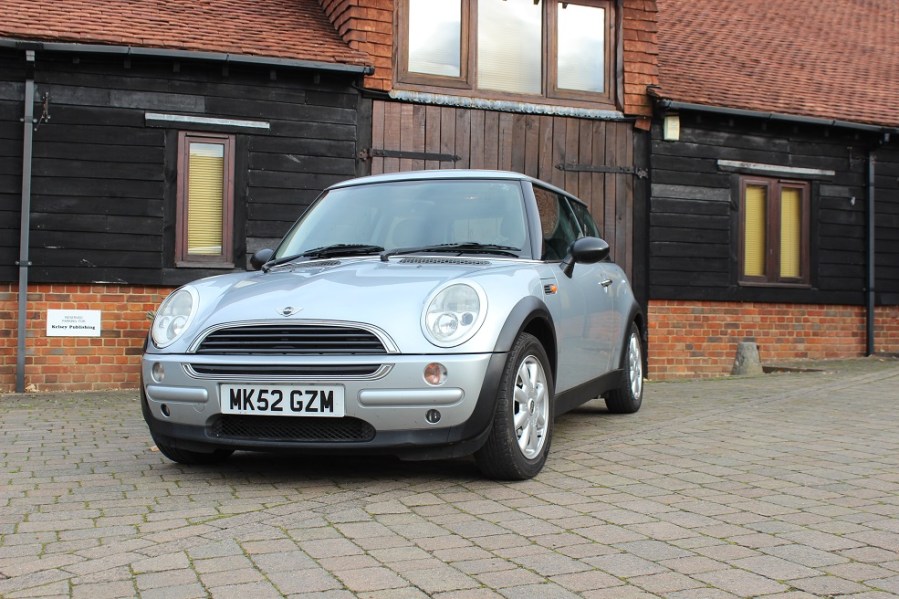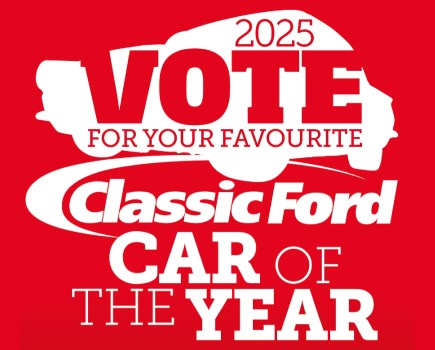At what age does a car become a classic? According to new data research, cars are becoming classics younger, reaching an MoT pass turning point when they’re still teenagers.
Research by Honest John Classics into Government MoT data shows that, once cars have been around for more than 18 years, owners start cherishing them and putting money back in. According to the latest data, the year that has the worst MoT pass rate (50.4 per cent) is 2001. After that, the data proves that cars start to find enthusiastic owners willing to spend time and money keeping them on the road.
“This shows us that 18 is roughly the age where a car stops becoming a banger and starts to become cherished,” said Honest John Classics Editor, Keith Moody. “The insurance industry will sometimes use a cut-off date of 25 years, but we much prefer to look at the MoT data.”
Already, there are some turn-of-the-century cars that are pulling in a cult following as numbers dwindle and enthusiasm grows. Most notable is the original BMW-built MINI, which turns 18 this year and was covered in last week’s buying guide. Tanya Field, who runs the MINI Y Register for examples built in 2001, said: “A lot of MINI owners are in their 20s. These are the cars they grew up with as children, so it’s no surprise that they love them.

“As with any classic car, enthusiasm is often driven by nostalgia, and the fact that the MINI is British, has loads of character and is such good fun to drive really helps.”
Other British cars also feature on the list of millennial motors tipped by Honest John Classics as its top 10 best investments for the future. Hot on the MINIs heel in second place is the Rover 75, followed by the MG TF in third. The Jaguar XJ appears in fifth, while the MG ZR is in eighth. Open-top roadsters are also included in the shape of the Toyota MR2 and Mazda MX-5, and there are also mentions for the Mk1 Ford Focus, the Citroën Saxo VTR/VTS and the e39 BMW 5-Series.




